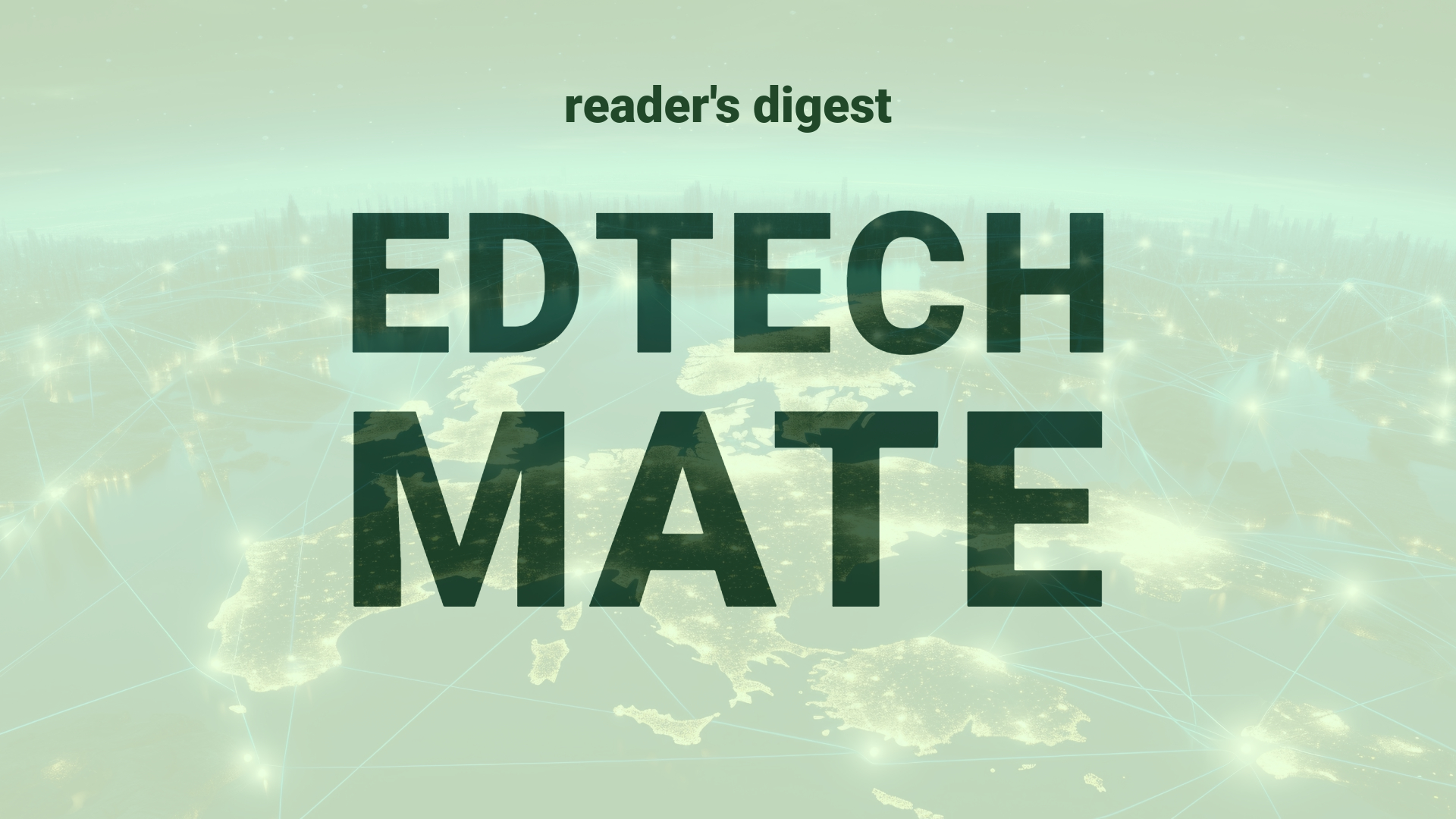“`html
Executive Summary and Main Points
In a conversation with Cathy O’Sullivan, APAC CIO editor-in-chief, Raul Caceres, Executive Director of Operations at Canteen Australia, delves into how their non-profit leverages data to enhance operations and foster growth. Canteen Australia focuses on supporting teenagers and young adults affected by cancer. Their work has incorporated a range of tech solutions, from donor prediction models to online communities, and telepresence robots for remote learning. They demonstrate a commitment to technological innovation for social good, data democratization within the organization, and cybersecurity. Key topics include the strategic choice between in-house development versus partnerships, the exploratory application of Generative AI, and data security measures tailored to the changing digital landscape.
Potential Impact in the Education Sector
The initiatives by Canteen exemplify a potential impact on the broader education sector. Their technological strategies could inspire Further Education institutions to develop similar bespoke digital tools, support student engagement, and enhance remote learning capabilities. In Higher Education, similar models could bolster research, development of personalized learning experiences, and foster collaboration across international institutions. The use of AI and data analytics could significantly influence the development and delivery of Micro-credentials, introducing a data-driven approach to tailor programs to emerging market needs and individual learner profiles. Furthermore, strategic partnerships between educational entities and tech partners can potentially lead to cost-efficient innovations while maintaining high educational standards.
Potential Applicability in the Education Sector
Innovations like Canteen’s donor prediction model can be adapted to predict student success and retention in higher education institutions globally. The application of AI, like Generative AI for productivity, could revolutionize administrative tasks and research methodologies. Telepresence robots exhibited by Canteen can be utilized to support students with disabilities or those unable to attend in-person classes. Techniques used in data security and management at Canteen are transferable to educational institutions where the protection of student data is paramount. Collaboration, as highlighted by Caceres, is crucial and can lead to cross-sector digital tool development for enhancing student life and learning outcomes.
Criticism and Potential Shortfalls
Canteen’s approach, while innovative, must be scrutinized for potential ethical and data privacy concerns inherent in the use of AI and extensive data collection. Comparatively, in education technology, the deployment of similar tech strategies must consider student data privacy laws, which vary globally. International case studies have demonstrated challenges, such as the European Union’s GDPR versus other countries with less stringent regulations, affecting global higher education collaborations. Cultural implications, such as the appropriateness of telepresence robots in different learning cultures, and reliance on AI could also lead to devaluation of human-led teaching and support services.
Actionable Recommendations
For international education leaders seeking to implement similar technologies, a strategic approach is recommended. Leaders should conduct thorough environmental scanning to identify technologies that align with institutional goals. Starting with pilot programs to test AI tools, telepresence robots, and data analytics in small-scale scenarios could provide insights. Building internal capabilities should be paired with forming strategic partnerships to balance innovation with cost-efficiency. Finally, engage with cross-sector experts to navigate data privacy and tailor solutions to specific educational cultural contexts, while continuously educating personnel about cybersecurity and ethical AI use.
“`
Source article: https://www.cio.com/article/2086817/canteen-australias-pursuit-of-a-greater-good-through-tech.html

